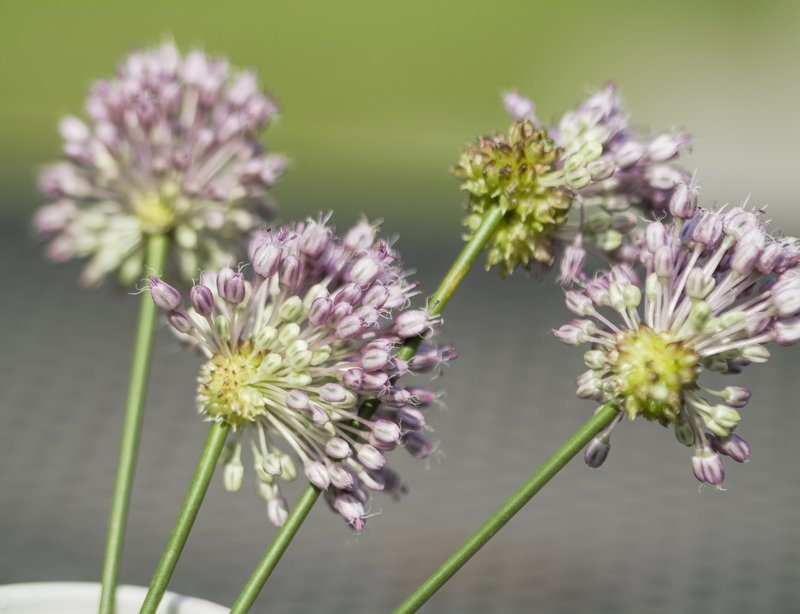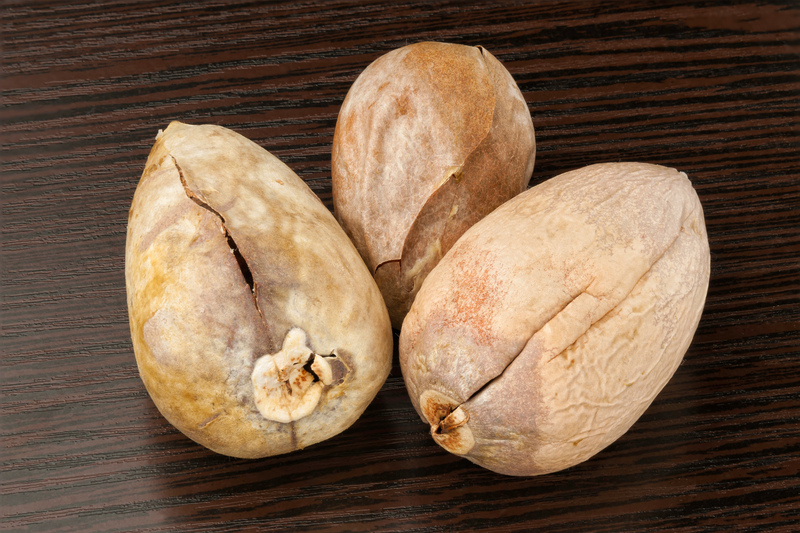Timing Your Fertilization Efforts
Posted on 28/05/2025
Fertilizing your garden or crops at the right time can make all the difference in the health and productivity of your plants. Fertilizers provide essential nutrients that plants need for growth, but applying them at the wrong time can result in nutrient imbalances, waste, and even environmental damage. This article will guide you through the key considerations for timing your fertilization efforts to maximize your success.
Understanding Plant Growth Stages
Before delving into the specifics of timing your fertilization efforts, it's crucial to understand the different growth stages of plants. Plants typically undergo the following stages:
- Germination: This is the initial stage where the seed begins to sprout. Nutrient uptake is limited during this period, and the plant relies mostly on the seed's stored nutrients.
- Seedling Stage: At this stage, the plant starts to develop true leaves and begins photosynthesis. Root development is crucial, and a balanced supply of nutrients is essential.
- Vegetative Growth: During vegetative growth, plants focus on building stems, leaves, and roots. Nitrogen is particularly important for leafy growth.
- Flowering and Reproduction: This stage involves the development of flowers and, subsequently, fruits or seeds. Phosphorus and potassium play significant roles during this period.
- Maturation: In the final stage, the plant begins to mature and prepare for harvest. Nutrient requirements decrease but remain important for sustaining the final growth and development.

Types of Fertilizers and Their Timing
There are various types of fertilizers, each with its own ideal timing for application. Fertilizers can be broadly classified into three categories: organic, inorganic, and slow-release. Here's how to time the application of each type:
Organic Fertilizers
Organic fertilizers are derived from natural sources such as compost, manure, or bone meal. These fertilizers release nutrients slowly and improve soil structure. It's essential to apply organic fertilizers well in advance, allowing time for them to break down and become available to plants. The best time to apply organic fertilizers is:
- Before planting: Incorporate organic fertilizers into the soil a few weeks before planting to ensure nutrients are available when plants start growing.
- During the growing season: Apply a light top dressing during the growing season, especially for crops with long growing periods.
- After harvest: Adding organic matter after harvesting can help replenish the soil and prepare it for the next planting season.
Inorganic Fertilizers
Inorganic fertilizers are chemically synthesized and provide nutrients in readily available forms. They are faster-acting than organic fertilizers, making their timing crucial for preventing nutrient burn or deficiencies. The ideal timing for inorganic fertilizers varies based on their nutrient composition:
- Pre-planting application: Apply a balanced fertilizer with equal parts of nitrogen, phosphorus, and potassium before planting to provide a nutrient-rich environment for seedlings.
- Side-dressing: During the vegetative growth stage, side-dress with nitrogen-rich fertilizer to promote leafy development. This is particularly important for crops like corn and leafy greens.
- Foliar feeding: Foliar feeding involves spraying a diluted fertilizer solution directly onto the leaves. This can be done during the flowering and fruiting stages to address specific nutrient deficiencies quickly.
Slow-Release Fertilizers
Slow-release fertilizers, also known as controlled-release fertilizers, are designed to release nutrients gradually over an extended period. They offer the advantage of reducing the frequency of applications. Timing their application depends on the specific formulation and crop requirements:
- Early-season application: Apply slow-release fertilizers at the beginning of the growing season to provide a steady supply of nutrients throughout the plant's lifecycle.
- Maintenance application: For perennial plants, slow-release fertilizers can be applied annually or bi-annually to support sustained growth and development.
Environmental Considerations
While timing your fertilization efforts is critical for plant health, it's equally important to consider environmental factors. Improper timing can lead to nutrient runoff, leaching, and contamination of water bodies. To minimize environmental impact:
- Monitor weather conditions: Avoid fertilizing before heavy rain, as this can lead to nutrient runoff and leaching. Opt for calm, dry days for application.
- Soil testing: Regularly test your soil to determine its nutrient content and pH levels. This ensures you apply only the necessary fertilizers and avoid over-application.
- Use precision techniques: Utilize precision agriculture techniques like GPS-guided application and variable-rate technology to apply fertilizers accurately and efficiently.

Crop-Specific Fertilization Timing
Different crops have unique nutrient requirements and optimal fertilization timing. Here are some guidelines for timing your fertilization efforts for common crops:
Vegetables
- Leafy Greens: Apply a balanced fertilizer before planting and side-dress with nitrogen-rich fertilizer during the vegetative stage for leafy greens like lettuce and spinach.
- Tomatoes and Peppers: Incorporate phosphorus-rich fertilizer into the soil at planting and side-dress with nitrogen during flowering and fruit development.
- Root Crops: For root crops like carrots and radishes, use a balanced fertilizer before planting and avoid excessive nitrogen application, which can inhibit root development.
Fruits
- Fruit Trees: Apply organic or slow-release fertilizers in early spring before new growth begins. Avoid fertilizing in late summer to prevent late-season growth susceptible to frost damage.
- Berry Bushes: Fertilize berry bushes with a balanced fertilizer in early spring and again after harvest to support next year's growth.
Grains and Cereals
- Maize (Corn): Apply a nitrogen-rich fertilizer during planting and side-dress at the early vegetative stage. Additional nitrogen may be needed during the critical tasseling stage.
- Wheat: Provide a balanced fertilizer at planting and additional nitrogen at tillering and stem elongation stages for optimal grain production.
Conclusion
Timing your fertilization efforts correctly is essential for maximizing plant health and productivity. Understanding the growth stages of your plants, choosing the right type of fertilizer, and considering environmental factors can help you achieve the best results. Regular soil testing and crop-specific fertilization schedules further enhance your success. By following these guidelines, you can ensure that your fertilization efforts are timely, effective, and environmentally responsible.






 Certified and experienced landscapers
Certified and experienced landscapers



 Get a Quote
Get a Quote